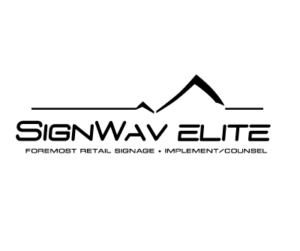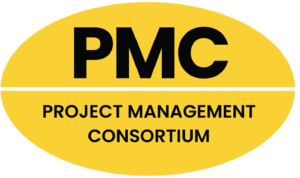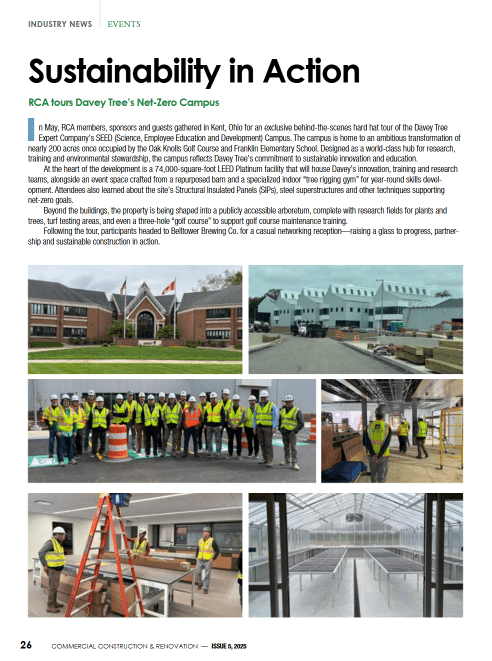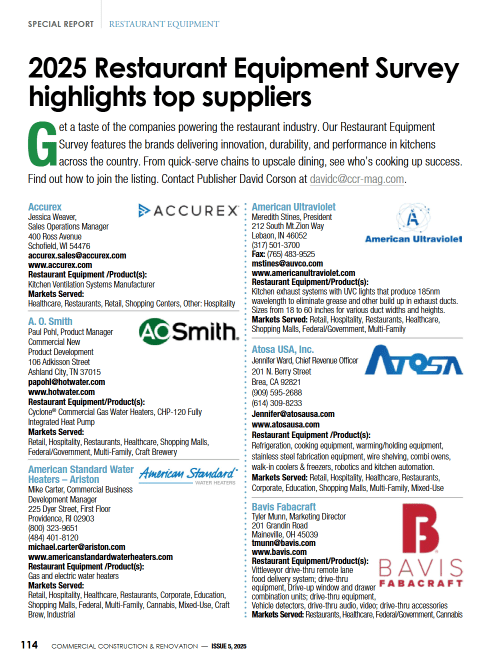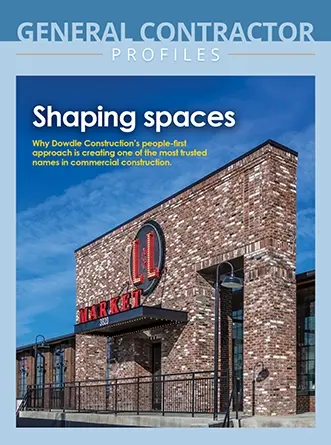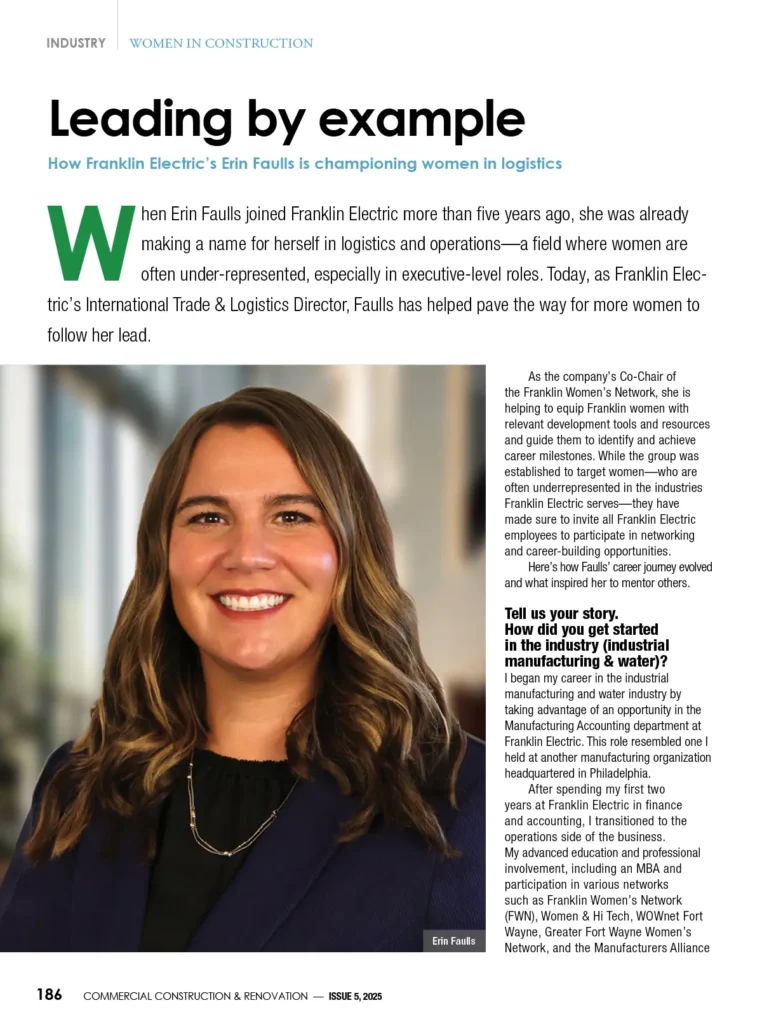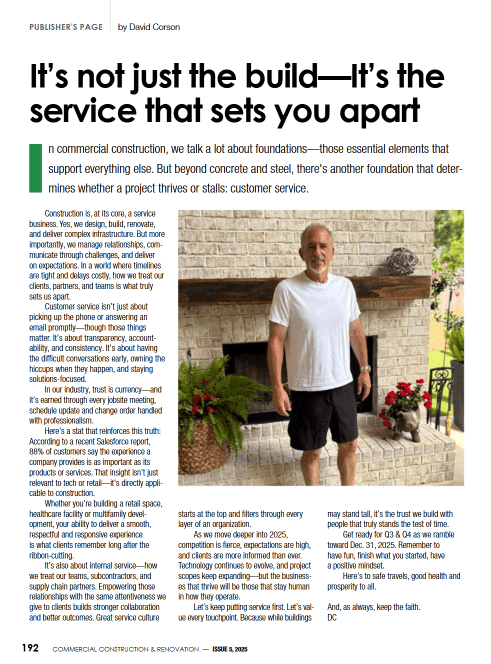Construction companies have more than enough risks to the bottom line. Litigation shouldn’t have to be one of them. From weather delays to workplace accidents, contractors face a host of potential liabilities. All it takes is an aggrieved party, and you’re suddenly faced with defending jobsite practices and providing evidence of mitigating circumstances.
Then, there is the cost of it all. Once litigation begins over an issue, a contractor begins hemorrhaging money. The longer a case grinds through the courts, the higher the bills. It’s hard to mount a defense when it becomes impossible to pay for it. It’s definitely scary, but today’s contractors have access to increasingly sophisticated technology that can be used to build a documentary shield in the case of courtroom disputes.
Visual documentation
Delays are the most common cause of litigation, often filed by stakeholders dissatisfied with project progress. To be able to defend themselves, contractors need to be able to provide documentation of mitigating factors including missing shipments and weather conditions.
This is not optional. Construction businesses must be able to properly document all stages of a project or risk putting themselves in jeopardy of potentially devastating legal damages. A legal brief written by attorney Timothy J. Woolford emphasizes the need for detailed documentation:
Weather-related delay claims, as well as inefficiency or impact claims, must be supported by accurate records. Weather data from the National Weather Service should be obtained to prove the conditions. Schedules should be used to prove the impact on the work. Good daily logs should be kept to show the severity of the weather and its actual effect on the work in the field.
Once a dispute hits the courtroom, it can be hard to properly reconstruct past events from scattered records and reports. Unfortunately, daily logs also suffer from another major weakness — the time involved in transcribing reports. By the time overburdened managers pull together the facts about daily or weekly events from a jumble of spreadsheets or notebooks, they’ve wasted hours. With time at a premium, rushing through traditional pen-and-paper reporting methods means ineffective and error-prone reporting.
Visual documentation technologies are a very effective supplement to traditional reporting, allowing construction firms to record the smallest details of jobsite conditions. Internet-enabled construction cameras not only enable thorough documentation, but project managers can use remote monitoring to discover and correct safety issues before accidents occur.
Any pertinent questions about jobsite conditions can be answered in real-time or by accessing archived images: Were employees following mandatory safety practices? Was there adequate lighting. Was the jobsite being properly maintained?
In addition to taking still images, construction cameras can provide 24/7 video recording as well. In the case that safety violations do occur, managers can review footage from construction cameras to isolate problems and make corrections to prevent problems from reoccurring.
Do you need to know if a subcontractor was present at 10 a.m. on a day two months ago? When was something delivered? Did somebody fall and get hurt on a particular day? Was it raining? Photos from any point in time can be reviewed. If there is something worth noting, the picture can be marked-up within the software and then emailed to appropriate contacts.
The technical capabilities of construction cameras must be evaluated before making a purchase, though. A camera must have high enough resolution to record all necessary details but low enough to avoid unnecessarily large file sizes. Useful features include web-enabled remote control and being able to record time-lapse video. Live feed access to a jobsite is also critical.
Safety in dollars & cents
With or without involving litigation, safety issues matter to the bottom line for construction companies. The maximum Occupational Safety and Health Administration (OSHA) penalty for violating safety standards is $126,749 per willful or repeat violation. Factor in the ongoing cost of workers’ compensation, and contractors stand to benefit substantially from using remote monitoring technology.
The use of indoor cameras can reduce insurance costs as many insurance companies offer discounts if they are used on the jobsite.
Curating the documentation
Not only is extensive documentation of project progress and site conditions important, but a business has to be able to easily retain, index, and access all the visual information. If documentation can’t be found, it might as well not exist.
Managing terabytes of recorded images on top of everyday management of a jobsite might seem a tall order, but cloud-based solutions for hosting and accessing the images exist. Rather than attempting to host servers full of image data on their own or trying to keep track of dozens of external hard drives, a contractor can partner with a camera provider that also hosts and maintains a database of client images.
Enhanced communication
Documentation can help protect contractors from litigation after the fact but finding ways to improve communication with stakeholders can help avert legal claims on the front end. If stakeholders are kept in the loop about delays in shipments, weather conditions, or other factors, it can reduce the chance they’ll turn to litigation in frustration over missed milestones.
A construction camera can give stakeholders the ability to view conditions in real time. Project managers can also email them images detailing problems — whether it’s a jobsite bogged down in snow, a missing delivery, or a botched job by a contractor.
By integrating construction camera functionality with project management software, contractors can improve coordination even further. For example, a Procore-compatible construction camera could be set to record images of the jobsite every 15 minutes. This provides a visual timeline of the entire project, accessible right from the project management software.
Summing it up
A solid legal defense against delay or safety claims no longer has to depend on spotty pen-and-paper reporting or fallible human memory. Contractors can use visual documentation technology to record their projects from beginning to end, providing evidentiary proof to protect them from legal claims.
______________________________________________________________
Ken Pittman is the chief marketing officer for Winston-Salem, NC-based TrueLook, which provides construction cameras that combine live jobsite viewing, project time-lapsing, and HD security. TrueLook has been serving the construction industry for more than 20 years.








